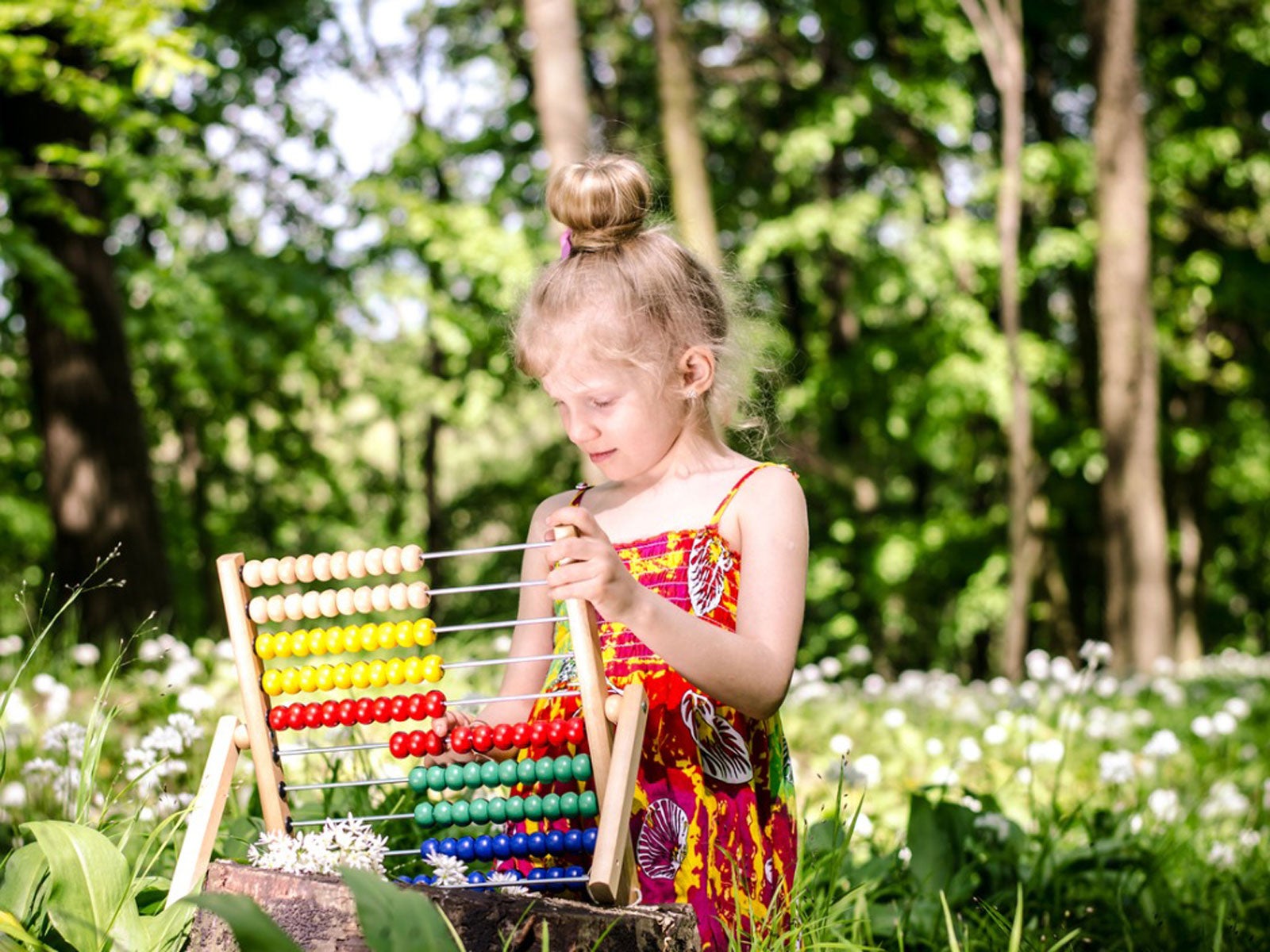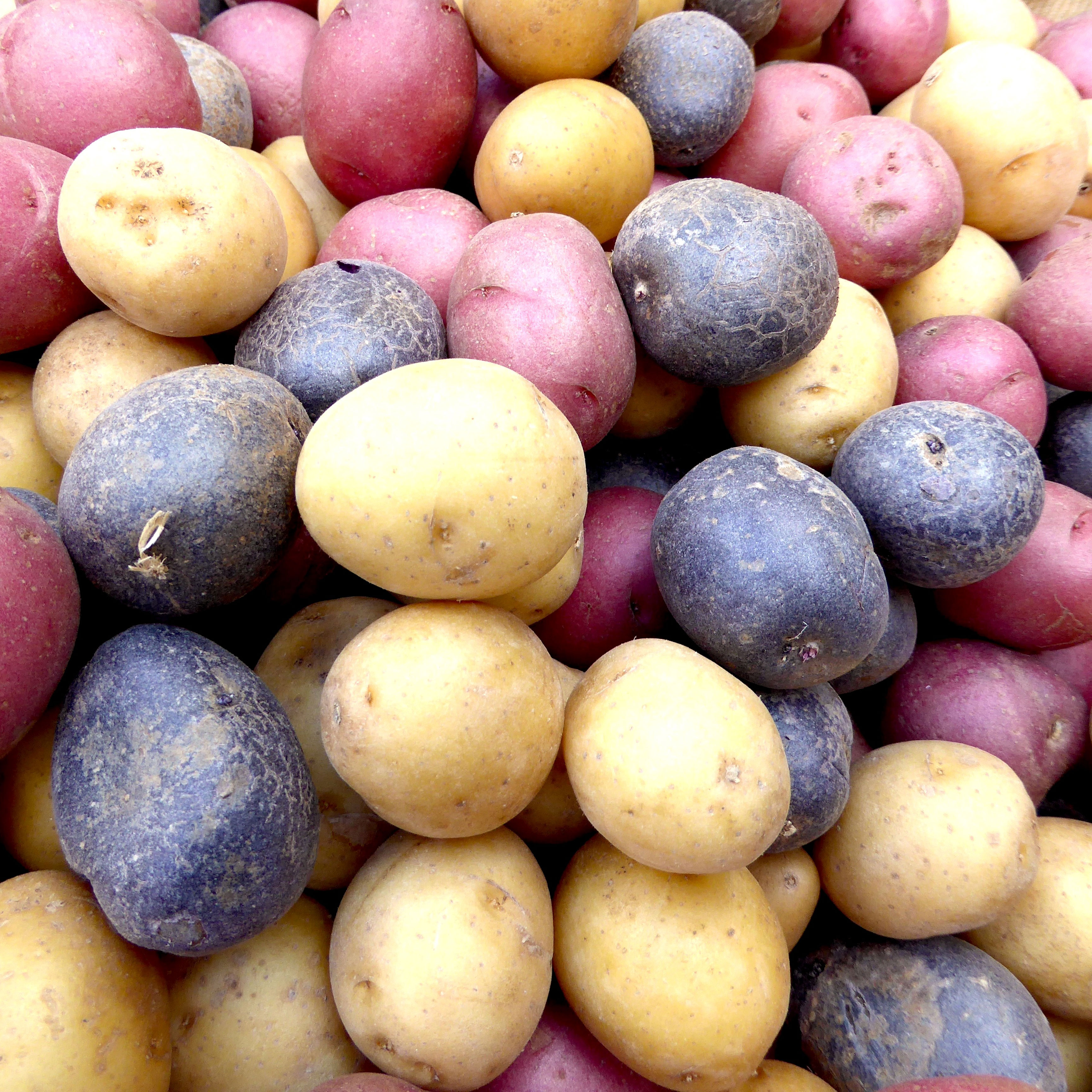Homeschooling In Gardens – Ideas For Tying Math Into Nature

With current events happening in the world right now, you may be homeschooling. How can you make standard school subjects, like math, more enjoyable, especially when your child seems to always be suffering from never-ending boredom? The answer is to think outside the box. Better yet, just think outside.
Tying Math into Nature
Gardening is a great outdoor activity many adults enjoy in a number of different ways. It's only logical to think the kiddos would enjoy it as well. Most don't realize it but there are actually several ways to incorporate major school subjects into gardening. One of those subjects is math.
When math comes to mind, we normally think about long, drawn out and complicated equations. However, math in the garden can be as simple as counting, sorting, graphing, and measuring. A variety of garden activities allow parents to provide these opportunities to their children.
Adapting for Age When Homeschooling in Gardens
Any activity you do should be adjusted to fit the needs and age of the child that will be participating. Younger children will need more assistance, easy to complete tasks, and simple one to two step directions to follow, possibly even repeated or with the use of a picture guide as an aide.
Older children can do more with less assistance. They can handle more complex directions and be asked to do more in-depth problem solving. Maybe your child has been given a work packet of math problems to work on from his or or her school. You can even use these for tying math into nature.
Reword or take ideas from the problems in the packet, replacing them with things that tie into the gardening world, or try giving your child a visual representation of a particular problem using props from the garden.
Ideas for Math in the Garden
Counting can be done with all ages, from the youngest child first learning numbers to the oldest curious to see how high they can count. You can even count by fives, tens, and so forth. Send youngsters out to collect items such as rocks, leaves, or even bugs and count with them - how many they found or simply walk through the garden and count the number of flowers or budding fruits and veggies you see.
Gardening tips, videos, info and more delivered right to your inbox!
Sign up for the Gardening Know How newsletter today and receive a free copy of our e-book "How to Grow Delicious Tomatoes".
Shapes are another math concept that the little ones can be introduced to by using the garden. Try to identify shapes in the garden such as flower beds, garden tools, or rocks. Help children find a shape or show them what a shape looks like and how the real life object resembles the shape, then have them try to recall the number of shapes you found or where they found them.
Another idea is to collect sticks and create bundles of ten using rubber bands or twist ties. These can be used to count and group. Have children use these to come up with particular numbers, such as using the bundles to create 33 sticks or use them to solve math problems.
Using a ruler, collect leaves and twigs of various sizes. Measure your findings and then arrange them in ways like shortest to longest. You can also use the ruler to measure other things in the garden, like the dimensions of a flower/garden bed to calculate the area or how tall certain plants are.
Additional Mathematical Garden Activities
Need some more inspiration? The following mathematical garden activities can help:
Garden Graphing
Take a walk through the garden and have your child record his or her findings in a journal or notepad. This can include things like number of blue flowers, budding plants, types of or favorite flowers, or insects seen.
Create a graph using the data to show the findings. Ask your child questions like "how many blue flowers did we see?" or "how many types of insects were found, what were they?" Allow them to refer back to their 'data' to find their answers.
Another way to use graphing is to create a Venn diagram. Collect two samples of an item found in nature such as two different leaves or flowers. Have the children compare them by writing the differences and placing the samples in each circle. Similarities will go in the middle, where the two circles overlap. This can even be done outside using sidewalk chalk.
Math by Planting
Every gardener has planted seeds at some point. Chances are at least one of those times was from a seed packet. I bet you didn't realize this can also be used as a math lesson. That's right, these little seed packets usually have numbers on them. From counting seeds, measuring soil and seed depth, or simply measuring the distance between seeds for planting— you are using math.
As plants emerge, children can measure their growth and chart the development over time. Another way to use measurements in the garden is measuring the amount of water a particular plant might need.
Math is all around us in the world, even when we don't realize it. Although you may not be doing AP chemistry or attempting to solve some of the world's toughest math equations, you are still able to expand and build on your child's math skills by simple gardening and other outdoor nature activities.
-
 Growing Climbing Roses: How To Create Elegant Displays With Maximum Blooms
Growing Climbing Roses: How To Create Elegant Displays With Maximum BloomsMaster the art of growing stunning climbing roses with this essential guide to creating vibrant, fragrant walls and structures all summer long.
-
 Tuck Into Tasty Homegrown Heritage Spud Varieties: 7 Of The Best Heirloom Potatoes
Tuck Into Tasty Homegrown Heritage Spud Varieties: 7 Of The Best Heirloom PotatoesDo you love your potatoes but fancy a little unique flavor? If you’re interested in taters with a heritage twist, here are some of the best heirloom potatoes to try